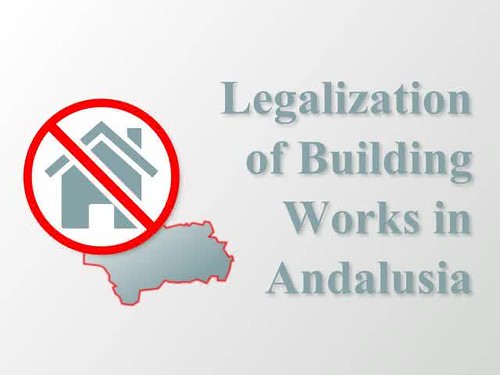Valuation Rules According ECO/805/2003 (IV)
Floor Areas used in the Valuation of a Property
In general, the floor area that must be used in order to calculate the value of a building in Spain is the floor area as checked by the valuer. However, the particular circumstances of a building may require using other floor areas:
- if it's not possible to check the floor area on-site, the area to use will be the lowest between the floor areas considered by the Cadastre and the Property Registry
- if it was possible only to check the Gross Floor Area or the Gross Internal Area without the floor area of the common parts, due to operational difficulties involved in checking all the floor area of the common parts, the area to use will also be the lowest one between the cadastral floor area and registry floor area with common parts, provided that the valuer considers that the proportion between the floor area finally used and the checked one is reasonable
- if the checked floor area of a building exceeds by more than 5 percent to the registry floor area or to the cadastral floor area, the adoption of the checked floor area will require to verify the adequacy to the applicable urban planning regulations
- if the checked floor area of an element of a building exceeds by more than 10 percent to the registry floor area or the cadastral floor area, the adoption of the checked floor area will require to verify the adequacy to the urban planning regulations
- if the building lacks of Statement of New Building entered in the Property Registry, the adoption of the checked floor area will also require to verify the adequacy to the urban planning regulations
- if the floor area of the private outdoor spaces for the exclusive use of the building exceeds by more than 15 percent of the total floor area thereof, the floor area of the outdoor spaces shall be measured separately and valued with a different unit price
- in the valuation of homes subject to public protection, for the purposes of calculating their maximum legal value, the floor area that should be adopted is the one contained in the Certificate of Qualification.
Architect Daniel Trujillano













